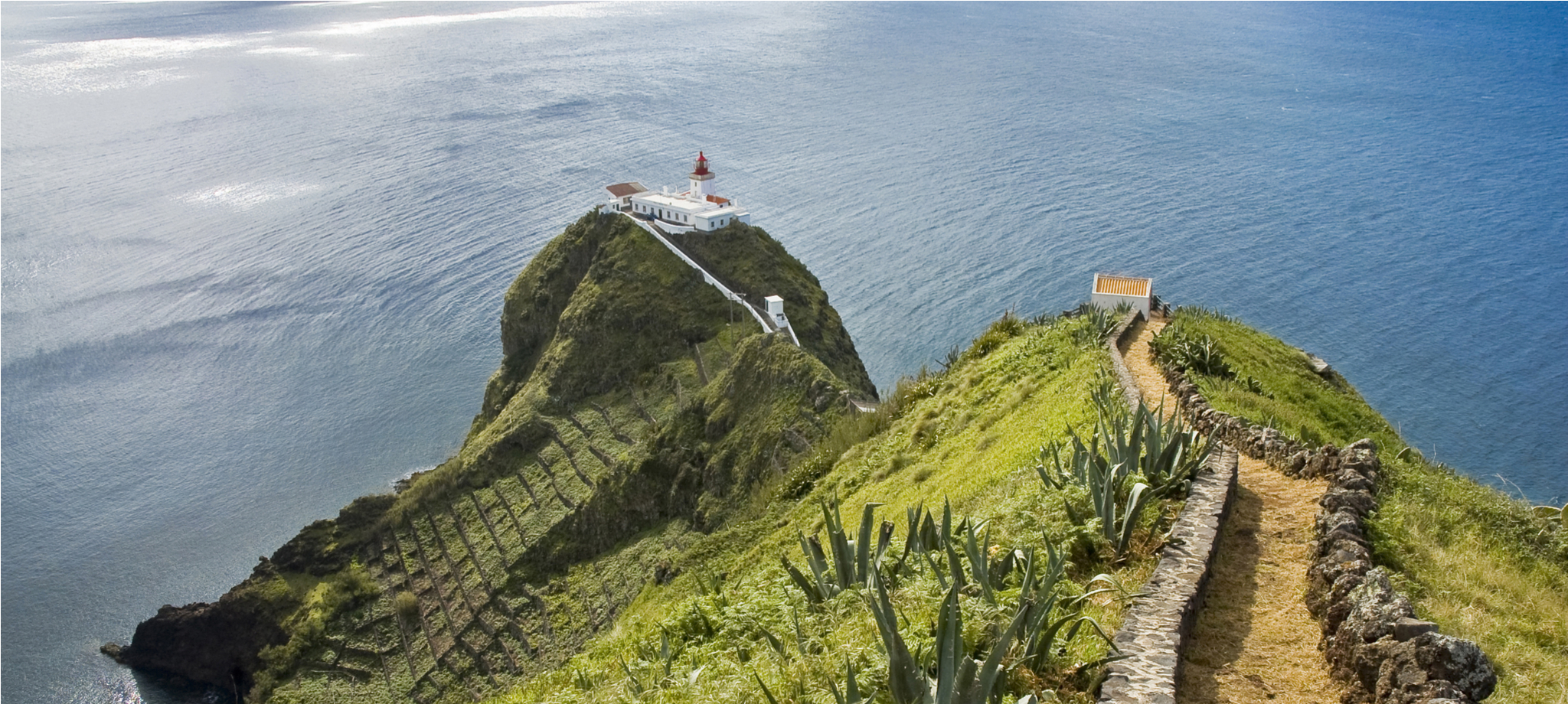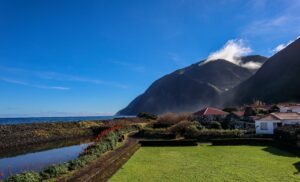The historical legacy of São Jorge Island
The history of São Jorge Island is rich and complex, marked by early settlements, economic growth, isolation, and resilience. São Jorge’s past offers a glimpse into the challenges and triumphs that shaped this unique island.
Photo by Paul Taton on Unsplash
Early settlement and economic beginnings
The first known reference to São Jorge dates to 1439, though organized settlement began around 1470. Small communities were established along the island’s western and southern coasts, with Velas recognized as one of the first towns. In the late 15th century, Wihelm van der Haegen, a Flemish nobleman, arrived and founded a settlement in Topo. Known locally as Guilherme da Silveira, he became well-regarded for his virtues and left a legacy.
São Jorge attracted settlers primarily from northern Portugal, bringing prosperity through agriculture. In 1483, the captaincy of the island was granted to João Corte Real, who also governed Angra do Heroísmo on nearby Terceira Island. By the end of the 15th century, Velas received its town charter, followed by Topo becoming a municipality in 1510 and Calheta in 1534. The island’s economy thrived on the production of grapes, wheat, woad, and lichen (used for dyes), which were exported to Flanders and other European markets.
Dynastic Crisis and Foreign Attacks
The 1580 dynastic crisis brought turmoil to São Jorge. When Philip II of Spain claimed the Portuguese throne, São Jorge, like Terceira, supported Dom António, Prior do Crato, in his claim to the throne. Following the fall of Terceira in 1583, São Jorge surrendered to Spanish forces.
During the 16th and 17th centuries, São Jorge’s limited ports and isolated location left it vulnerable to attacks. English and French privateers, along with Turkish and Algerian corsairs, frequently raided the island. Notable incidents included a raid in Calheta led by the Earl of Essex, where the locals bravely defended the town by throwing stones. In another encounter, a soldier named Simão Gato famously seized the enemy flag. The French privateer Du Guay-Trouin also pillaged São Jorge, and in 1816, an Algerian pirate was driven off by shots from Calheta’s fortress.
Natural Disasters and Isolation
In addition to foreign threats, São Jorge faced devastating natural disasters. The island suffered from frequent food shortages and crop failures from the 16th to the 19th centuries, as well as severe earthquakes and volcanic eruptions in 1580, 1757, and 1808. These events further isolated the island and hindered its economic growth.
Modern Development and Economic Revival
The 20th century brought significant developments that helped São Jorge overcome its isolation. The construction of major ports in Velas and Calheta, as well as the establishment of an airport, opened new opportunities for trade and tourism. These public works projects allowed São Jorge to expand industries such as livestock farming, dairy production, fishing, and canning, contributing to the island’s economic progress.
Today, São Jorge is celebrated for its world-renowned cheese, produced from local dairy farms, and its fajãs—coastal plains that are now key to both agriculture and tourism. The island’s history, from early prosperity to resilience against hardships, is an essential part of its identity, drawing visitors eager to explore its rich heritage and natural beauty.

